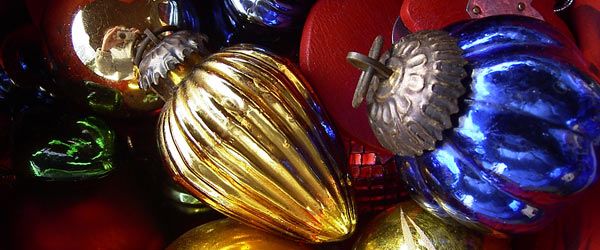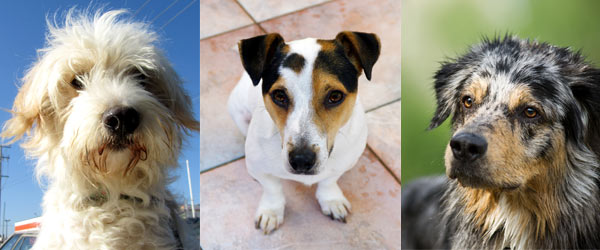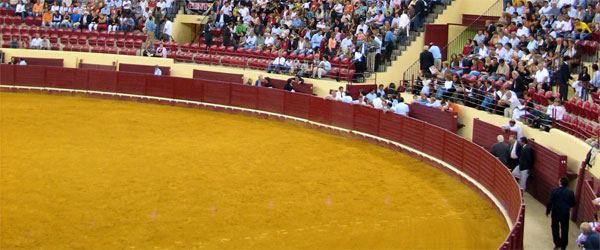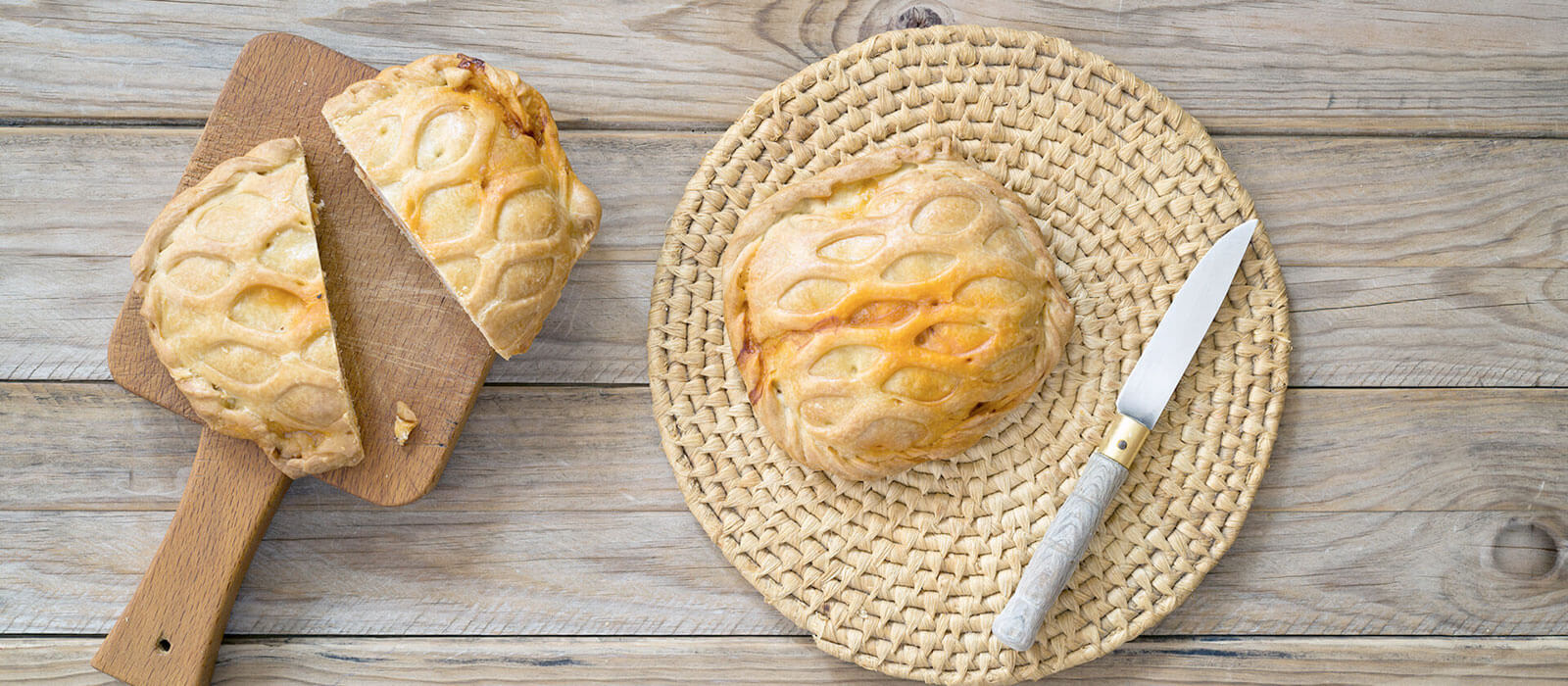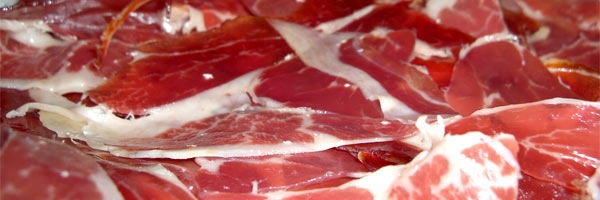Spanish wines are a well-known and especially unmissable part of Spanish cuisine. Spain is the largest wine country in the world! Although it is only the third largest producer of wine, this is due to the climate and the low yield of wine. The drought that prevails is Spain is a big problem, also because irrigation of vineyards is prohibited. Over the years, Spain has managed to distinguish itself with ´mundial´ wines as small-scale wines in addition to the famous sweet wines like Sherry and Malaga.
History
During the time of the Romans, the first vines were planted after a conquest 200 BC. After the fall the Roman Empire, things went downhill with the Spanish wine regions. In the Middle Ages, it was the monks who breathed new life into viticulture. During the century, this spread to all of Spain. The Spanish produced alcoholic Spanish red wines and produced white wines oxidatively (under large amount of oxygen) due to lack of knowledge. In the 19th century, Spain gained international fame for their sweet wines such as Sherry and Malaga. Only at the end of this century did the first red Spanish wine called the Rioja wine emerge. Around 1900, the production of sparkling wines ("bubbly wines") took off in Catalonia called Cava, which would go on to bring worldwide success. With the restoration of democracy and accession to the European Union, Spain began to modernize in winemaking. Today, this is visible and small traditional Spanish farms are being bought up by large companies in order to increase their market share.
Climate
Because Spain has a large surface area there is also a lot of difference in its climate. In the mountains inland where muggy summers but also icy cold winters take place in contrast to the south where long hot summer temperatures can reach as high as 40˚C. As mentioned, drought is a common problem in Spain, especially since irrigation of vineyards is prohibited. This causes the low number of vines per hectare which results in lower yields than in the rest of Europe.
Spanish label
Spanish wines all have a controlled designation of origin, a denominación de origen (DO). There are now about 60 different DOs (place of viticulture). Rioja has the status of denominación de origen calificada (DOC) as does the Priorat. A special council (consejo regulador) oversees compliance with the DO´s rules. Each brand uses its own logo.The designation varies according to the maturity period into which type of category the wine falls: Crianza, Reserva and Gran Reserva, Jovén (young).
Spanish wine regions
Spain has many different Spanish wine regions, however, most are located in the north and east of the country. La Mancha is the largest wine region in the world and is located south of Madrid. Spanish wine bars can also be found all over the country. Of course, there are more Spanish wine regions but these are the best known and most important of Spain in a row.
Rioja
Rioja borders Navarre. With Spanish Rioja wine, they focus more on rosado (rosé) than reds because they have a reputation to uphold. This area also allows foreign grape varieties unlike other areas.
Ribera del Duero
Ribera del Duero is one of the fastest emerging wine regions in Spain, founder of the most legendary wine Vega Sicilia. Most wine in this area is red and made from tempranillo (type of grape).
Somontano
A fairly small new area at the foot of the Pyrenees where everything is done in a hyper-modern way. The area is also called the new world. Spanish white and red wines are made here but are also worthwhile.
Rias Baixas and Rueda
In Rias Baixas, the wines are made from the albariño, a very pricey grape that also raises the price of wine significantly. In Rueda, however, prices are somewhat lower with still good quality.
Central Spain and the Levant
Emphasizing Spain's largest wine region, La Mancha. Until recently, they produced here mostly Spanish white wines from the airén grapes. In the future, more normal table wines, both white and red, will be added. The southern part of La Mancha (Valdepeñas) has its own DO and specializes in Spanish red wines.
Catalonia
The region around Barcelona has been one of the most important wine producers since Roman times. Surely the most famous wine is Cava, a sparkling wine made in the manner of champagne. The town of San Sadurni de Anoia is surely the Cava center.
Jerez
Jerez, also called Sherry is a special wine. It all starts with a normal white Spanish wine made from palomino grapes. The wind from the sea cools it and the young wine gets an alcohol content between 15 and 18%. Sherry has to age for a long time and during the aging process the wine barrel is topped up with younger wines so the Sherry is a mix of different vintages. This creates the delicious taste.

